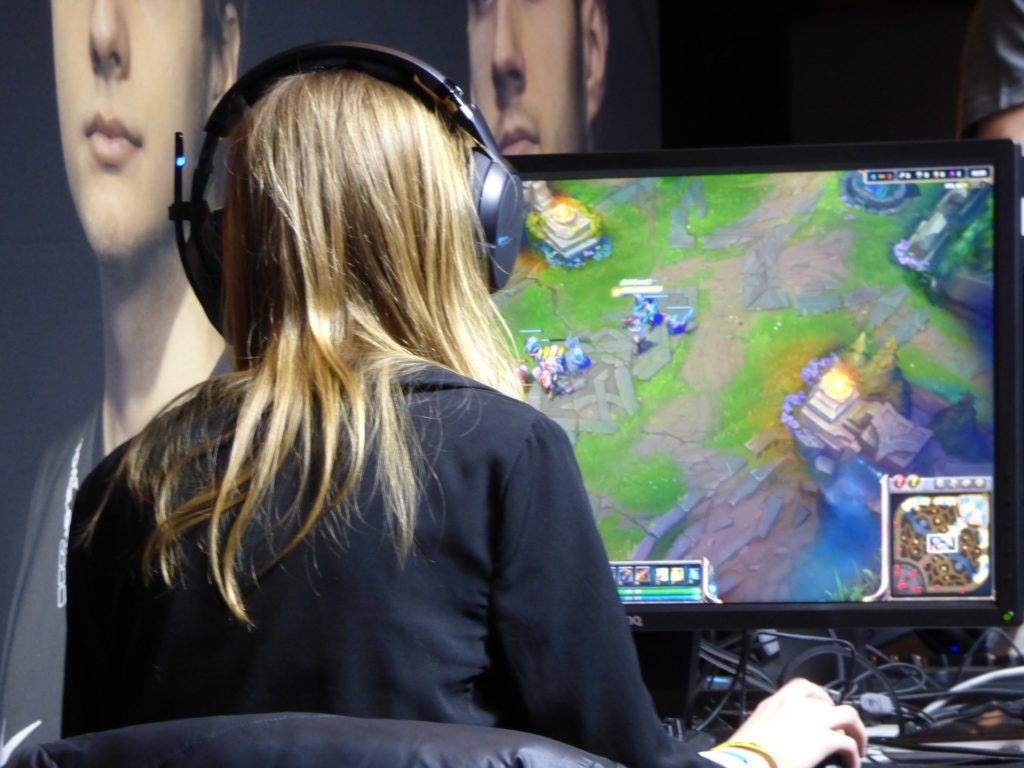By Stefano Marrone, Founder & MD, Nucco Brain
Gaming used to be a disparaged category, tainted by associations with the worst nerd clichés. But no more. Gamers now come from all manner of social and mobile audiences, and the pandemic has extended our screen-time on multiple devices, offering golden opportunities for brands.
Yesteryear’s gaming asked people to learn new interactions, deal with tortuously long loading times and ensure their browsers were up-to-date. So gaming-style interactive content used to be a very specific requirement that placed significant demands on both audience and investor.
But continual enhancements in intuitive interaction, better UX and the creep of gaming mechanics into social media have now unwittingly turned even the most game-averse into natural gamers.
From the way we collect and spend our credit card points, to the widespread use of AR lenses on social media (Snapchat has 229-million daily active users, with 70% interacting or actively using AR lenses), gamification is rapidly becoming part of our daily digital lives. So much so that consumers have become unaware gamers, subconsciously trained for quick interactions on social media and primed to move seamlessly from AR filters to fully-fledged gaming.
Demographic shifts
There is a massive game-friendly audience out there, just waiting to be satiated with the next experience. And savvy brands, like Tesco with its Delivery Dash game and Nike with Reactland, are waking up to this immense potential. But it’s not just the scale of the audience that makes gaming an effective marketing strategy.
It’s also the fact that gaming leaves a long-lasting impression on consumers’ minds. When people play games, there is a constant stream of stimuli and response that makes their brains hyper-engaged, boosting awareness and absorption of brand messaging as they play.
Finding brand fit
So the case for branding’s intersection with gaming is clear. But for any brand that wants to level up its marketing through gaming, it’s crucial not to try to reinvent the wheel. Instead, lean into the established game mechanics that people are already familiar with.
Casual gamer experiences like Candy Crush and Fruit Ninja, with their existing intuitive interactions, have created a global gaming language. And it would be reckless for a brand not to capitalise on these universal behaviours.
It’s also important to resist the temptation to shoehorn branding into a game, as this is the kiss of death for audience engagement. Granted, for the game to have marketing value, the brand needs to be present in some form. But, as beautifully illustrated in Delivery Dash and Reactland, it needs to be integrated organically by linking to the brand’s values, or by subtly introducing branding in a visual way.
For a brand game to be successful, it also needs to be brief and shareable. Hardcore gamers who spend hours in an RPG (Role Playing Game) are not the right audience for a branded game. Instead, brand games need to be more immediate and offer strong motivation for social sharing. For example, the JFK: Moonshot AR experience prompts players to share images of how the lunar mission would look in their homes.
There are more ways to capitalise on gaming’s unstoppable success than creating a standalone brand game. In-game marketing, for example, is a fertile alternative. In recent years, gaming revenue has surpassed that of the film industry. What’s more, gamers are in a highly engaged mind state when they play. This gives in-game product placement and sponsorship great ROI potential.
Red Bull pioneered the idea back in 1997 by advertising in the WipeOut racing game. So it’s not a new concept. But it’s yet to take off in the same way as with other mediums like fashion. This is such a missed opportunity because game worlds are ripe to be explored and populated with branded content, especially in immersive titles that get players hooked for 70+ hour stints.
CyberPunk 2077 is a case in point. It’s about to be released to tremendous hype and the makers have invented many brands for their futuristic world. These hypothetical brands will be exposed to millions of ultra-engaged players across the globe. Swap the hypothetical brands for real-world ones, and you have the ultimate marketing strategy. But until marketers begin to see games as a channel, in the same way they do TV content and influencers, gaming’s game-changing potential will continue to go to waste.









